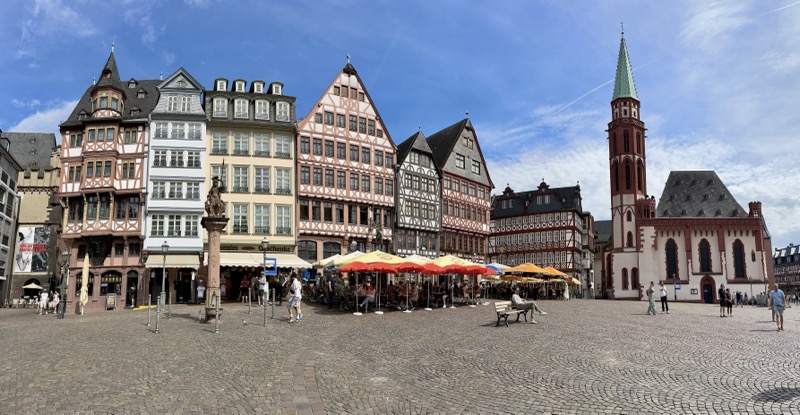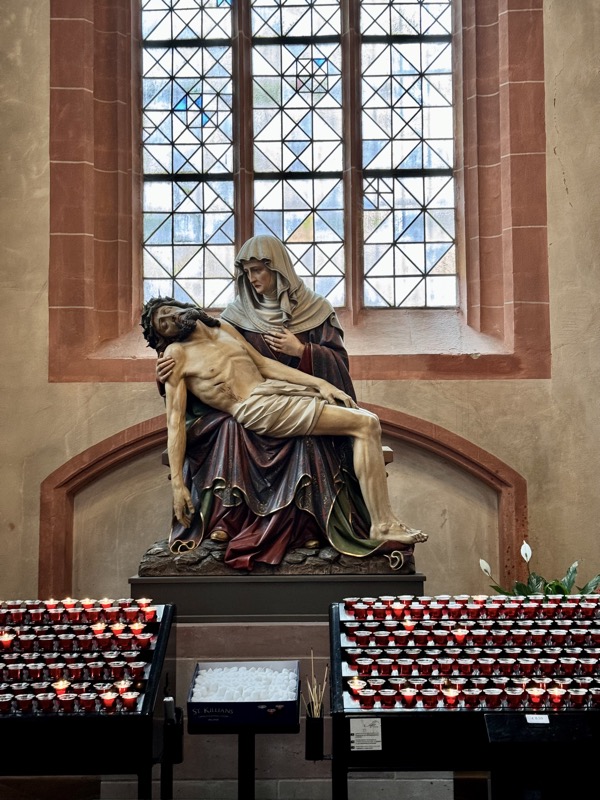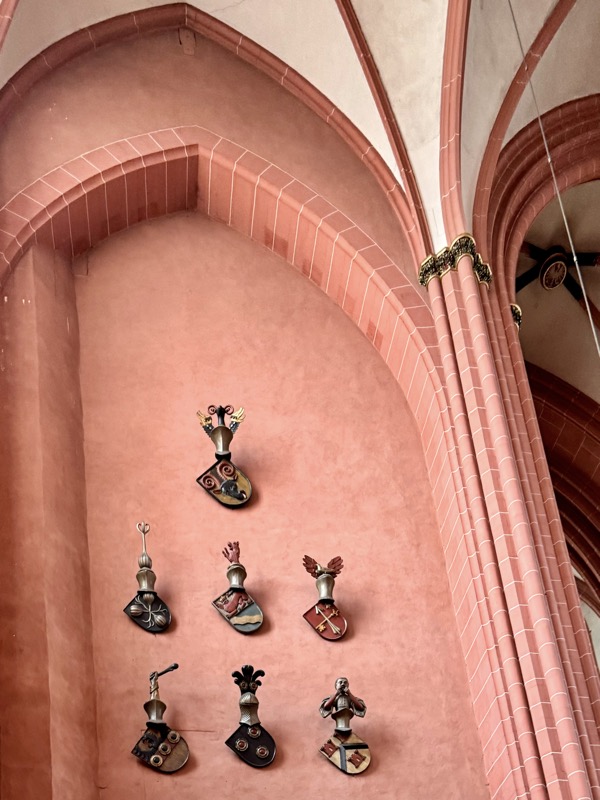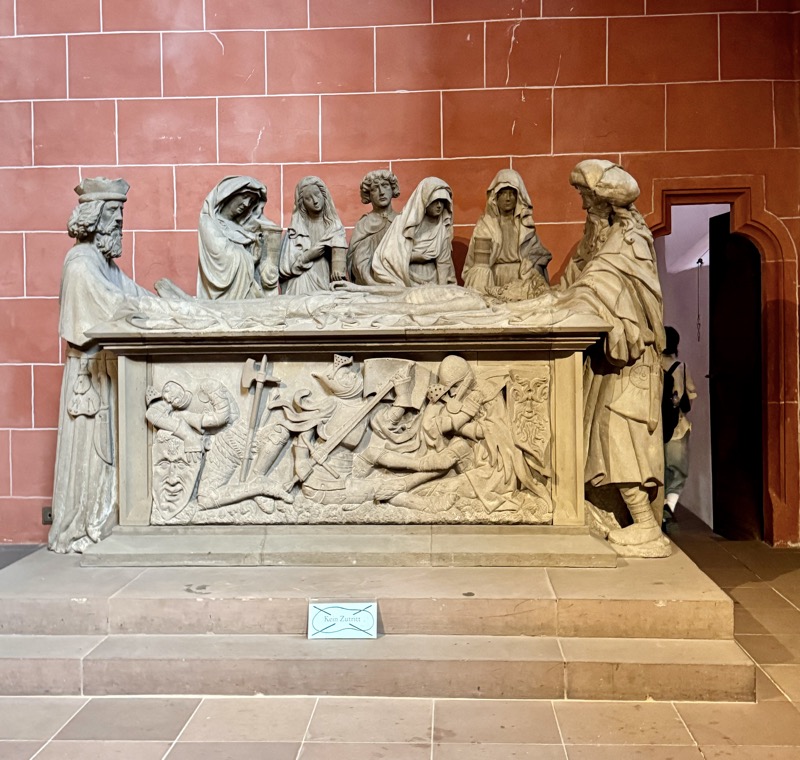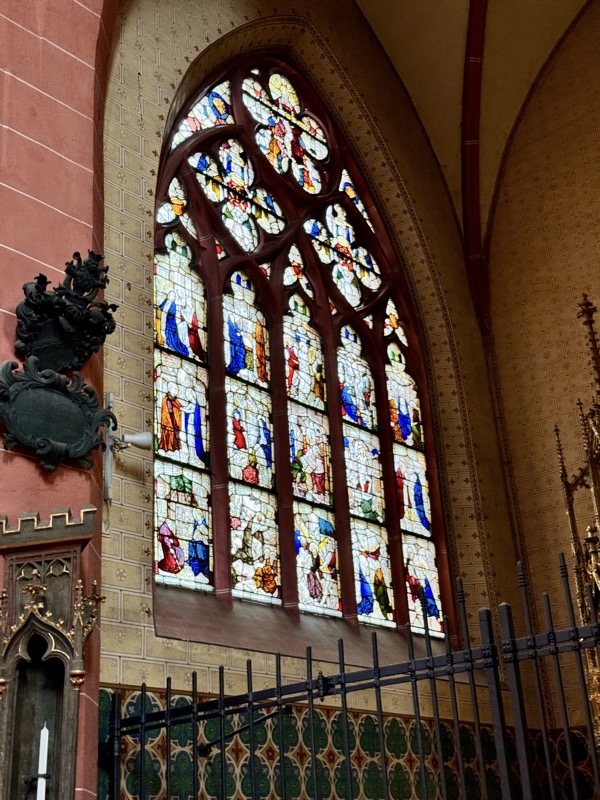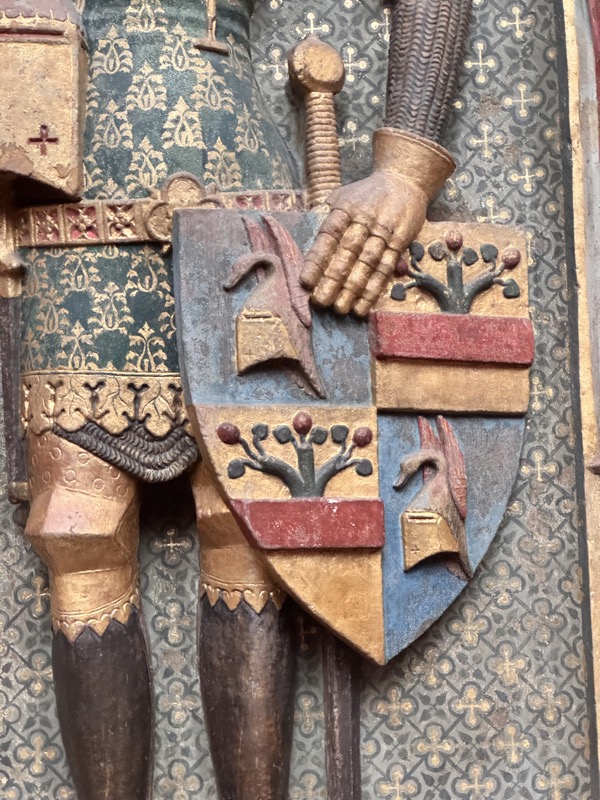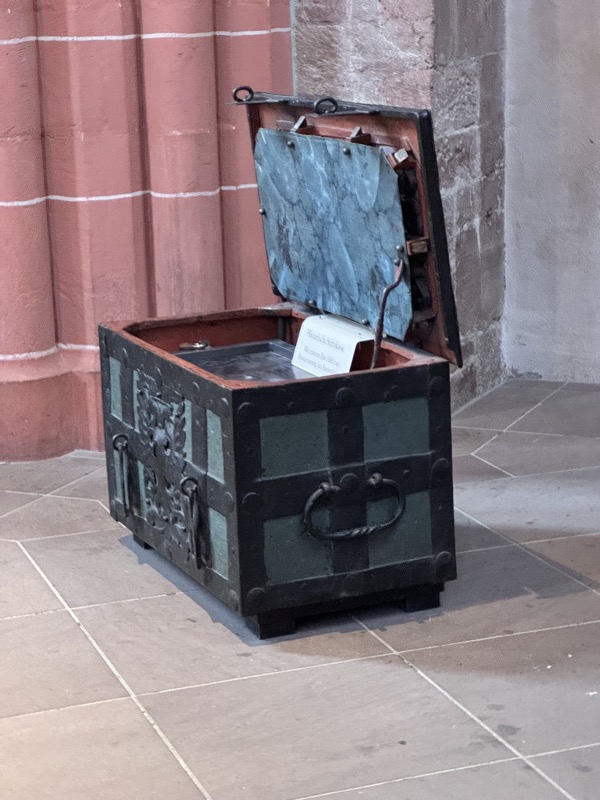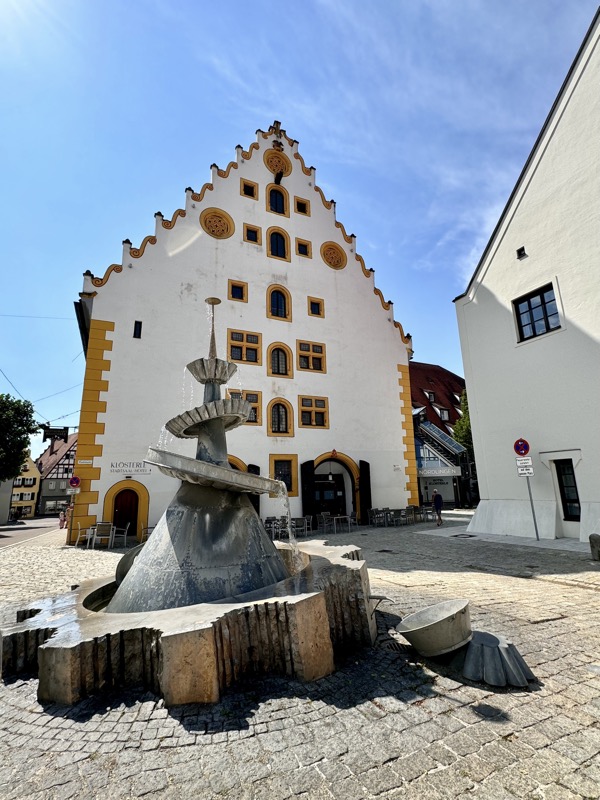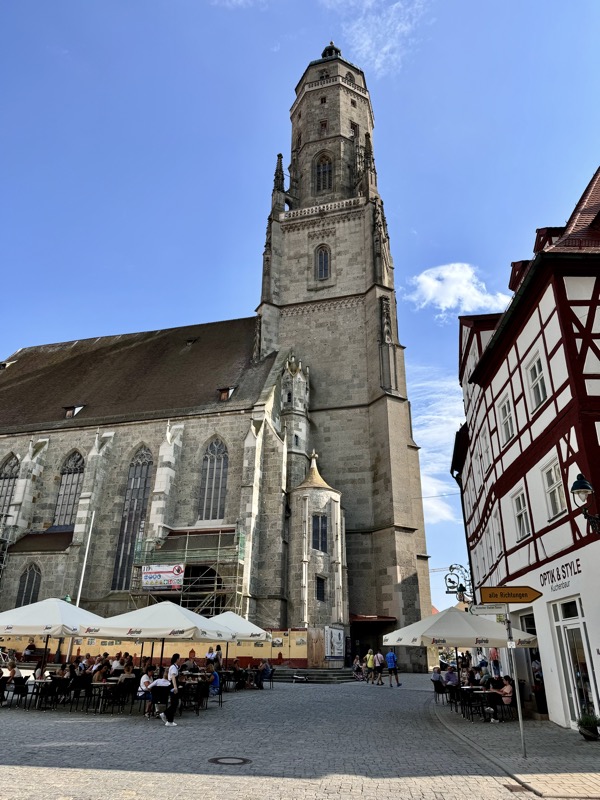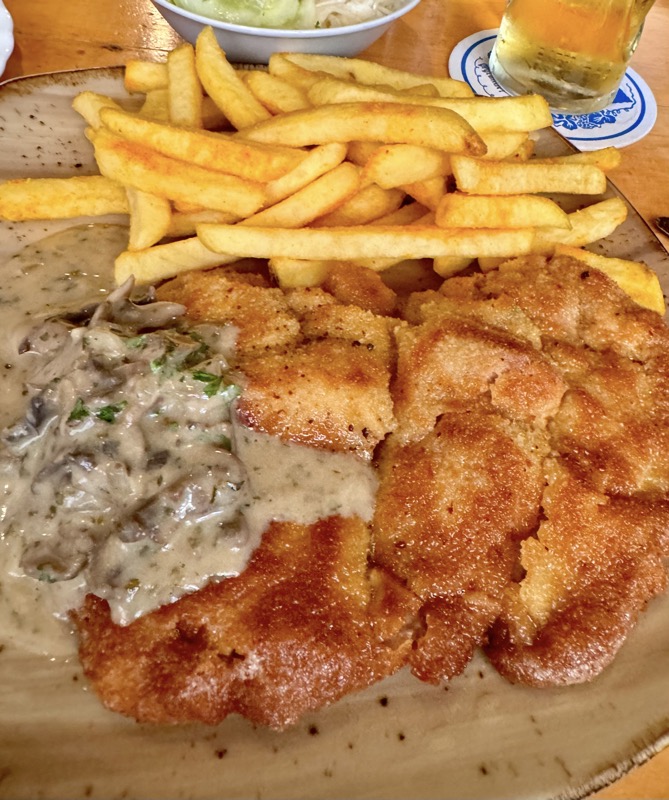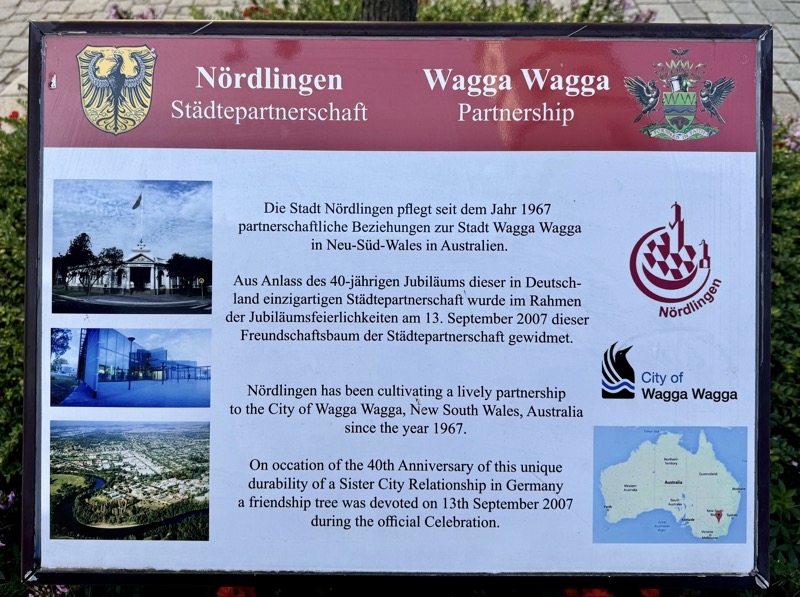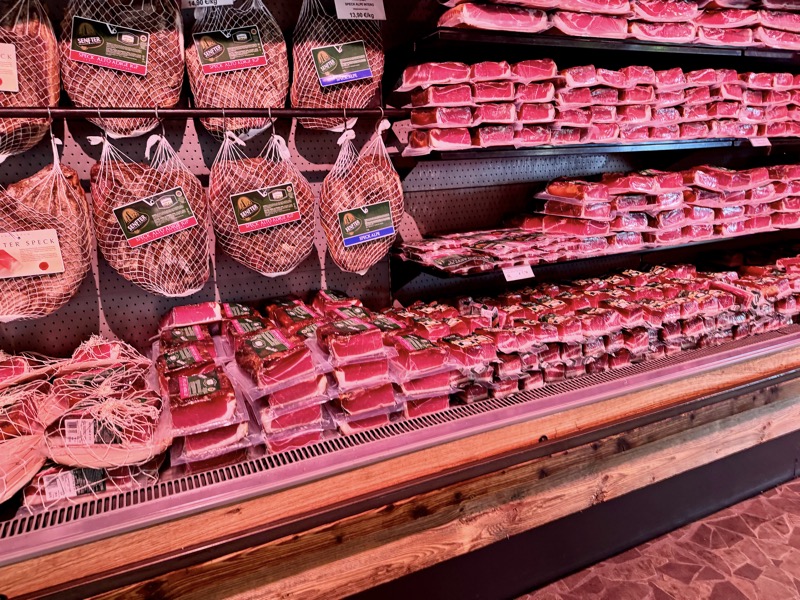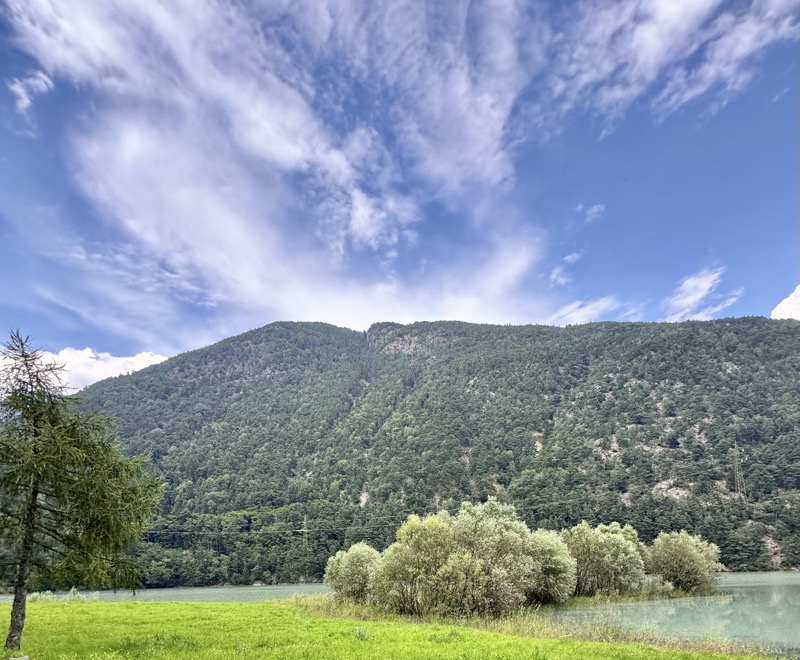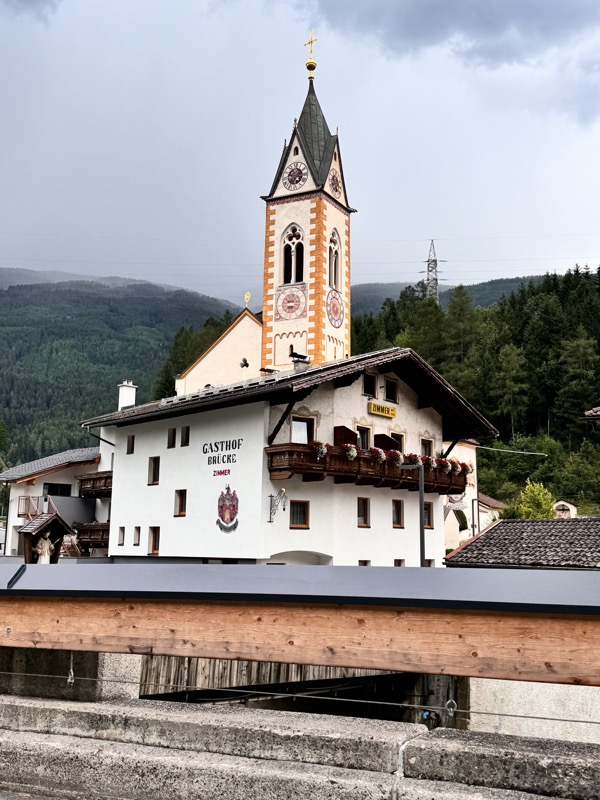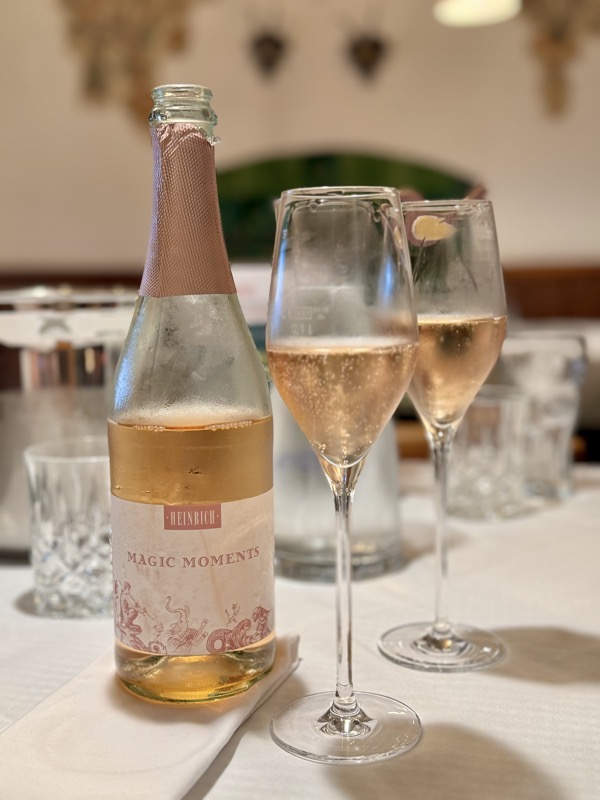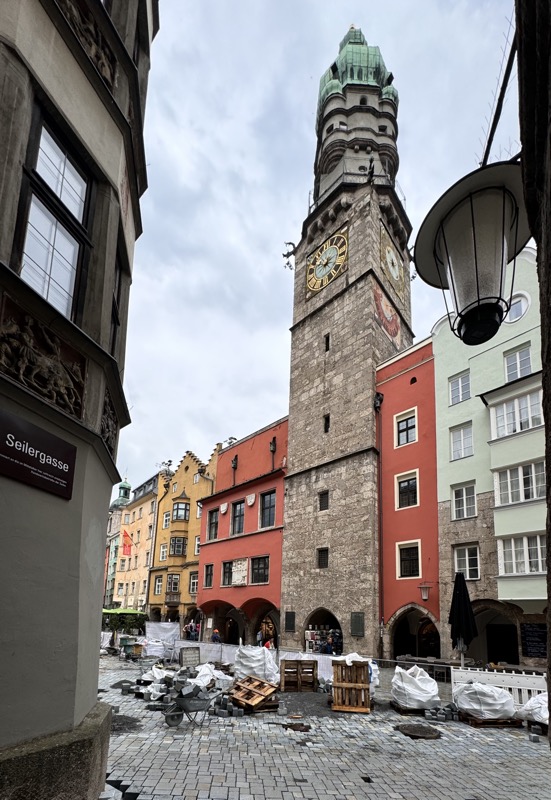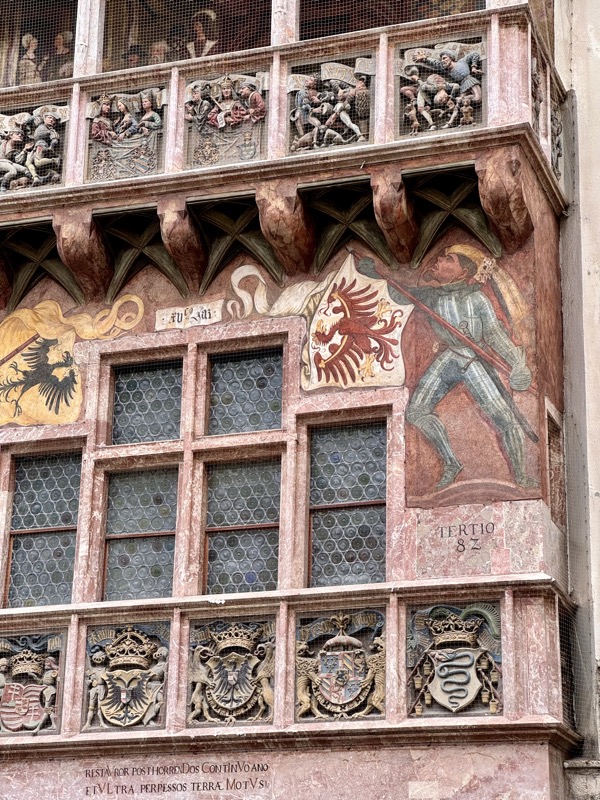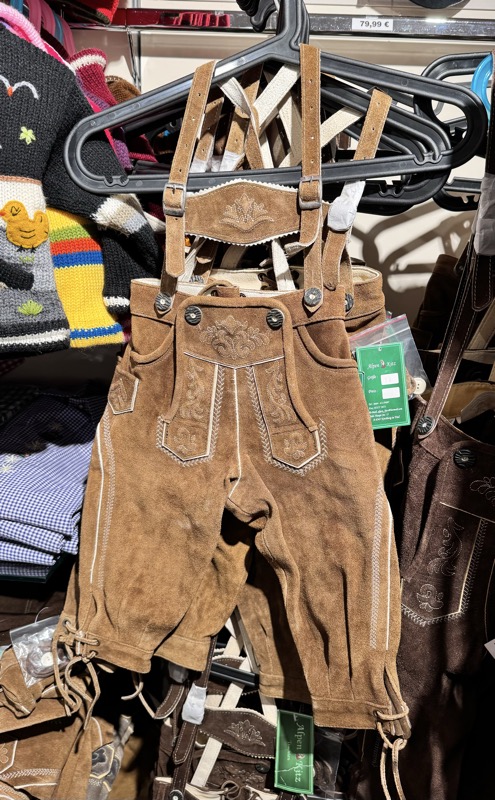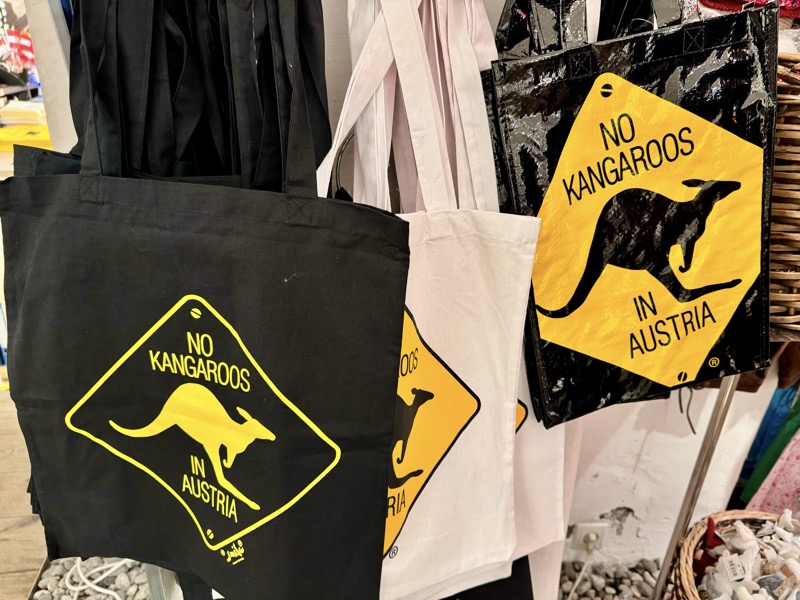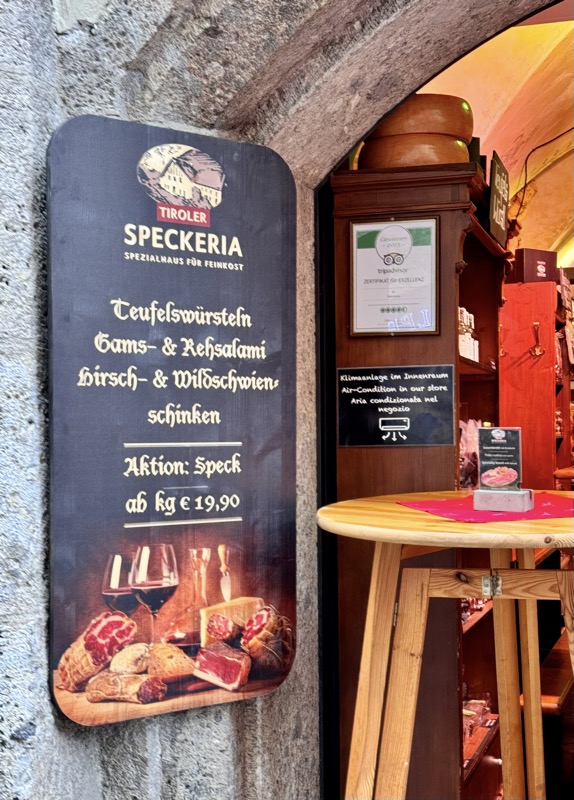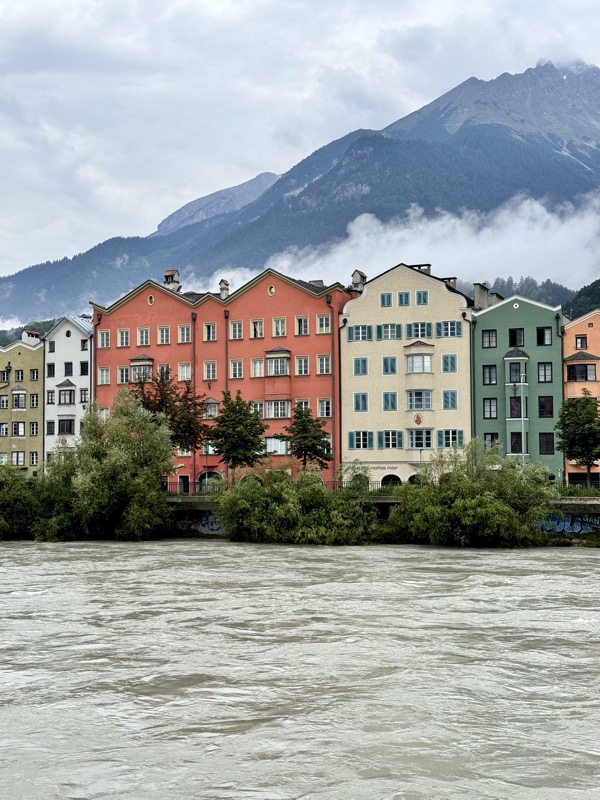Being in Germany for the last month, the news that has permeated the zeitgeist (and the language barrier) most readily was Spain prevailing over England in the World Cup. But there has been a LOT going on globally and I’ve been catching up on the past month’s news over the last 24 hours since I got home. Over the last couple of weeks: the UK booted out their conservative government, France also rejected right wing extremism, there was an assignation attempt on Trump, J.D. Vance was announced as Trump’s running mate, Israel’s occupation over Gaza has been declared illegal, Crowdstrike and Microsoft demonstrated some stunning global IT vulnerabilities, Biden withdrew his candidacy, Harris has emerged as the presumptive Democratic nominee and is steaming ahead with a record breaking campaign (in terms of donors and volunteers). I have no idea what’s been happing in Australia, haven’t got that far yet… other than Gina Whatsherfart and Dutton deciding they like nuclear power a couple of weeks ago (?), but I’ll get into that later.
Any way, one thing I saw stood out a LOT, even among all this noise, was these signs at the fascism-fest that was the Republican National Convention…


Yeessss… subtle they are not! They are fucking huge alarm bells going off.
A couple of weeks ago I was at the Jewish Museum in Berlin and was struck by a room that was lined on both walls with displays of the chronology of legislation that was enacted to slowly restricted the freedoms and rights of the Jewish people under the Third Reich. It started in 1933 and it showed how the lives of the Jewish people in Nazi Germany and eventually Nazi occupied Europe, were slowly and steadily having their rights eroded.

One week, it was Jewish lawyers losing the rights to practice law, the next it’s Jewish student teachers being sacked. The following week Jewish people can’t serve in the civil service, then Jewish doctors can’t treat non-Jewish patients, then Jewish tax accountants had their licences revoked, then civil servants can’t be married to Jewish people. And so on and so forth, until the edicts were codifying that Jewish people can only live in certain parts of various cities, that the property of Jewish people will be forfeited to the state, then Jewish people will be deported and they end up in walled and patrolled ghettos, then they get pushed out of the ghettos to concentration camps, and we all know where this tragic history ended up going.

(If you want to know more about how and when these insidious and pervasive laws were rolled out click HERE.)
The Jewish people in Nazi Europe were frogs in a boiling pot – slowly but inevitably having their rights and humanity stripped away from them, and if they (and the global community) had known where it was going from the outset, history might have turned out completely different.
It is not alarmist to say the Trumpian vision of the US is on the same trajectory – only they’re not planning on boiling that frog slowly. Trump and his advisors are stating unequivocally that they plan to forcibly remove ‘illegal immigrants’ from the United States via forced expulsion and deportation camps. DEPORTATION CAMPS. They are promising to remove 20 million ‘illegal immigrants’; this is a number that far exceeds the estimated number of undocumented residents currently living in the United States, many of whom have been born in the US and have never seen the countries they would be theoretically deported to… And if anyone thinks these deportation camps would be run with any administrative rigour or with any humane consideration whatsoever – just remember the family separation policy that was instituted under the last Trump administration. From April 2018 to June 2018, families arriving at the border saw adults prosecuted and held by in federal jails and subsequently deported, and their children were placed under the supervision and control of the US Department of Health and Human Services. This resulted in over 5,500 children being removed from their parents and the short lived ‘children in cages’ media outrage. No one is talking about it anymore, but as at March 2024, this year – just four months ago! – there are still 2000 children that haven’t been able to be reunited with their families.

“MASS DEPORTATIONS NOW!” is not a slogan for a slow and inexorable removal of rights for people who land on the wrong side of Trump’s bigotry… it is a massive red flag heralding the systematic xenophobic persecution of immigrants based on the ultra conservative values outlined in the Project 2025 manifesto. Trump has stirred and stoked the worst type of fear in these people with his asinine assertions that migrants are ruining their lives. Crime is statistically much lower than during his tenure, but he’s at those rallies and on Fox News bleating about ‘migrant crime’ and, ’Biden migrant crime’ and it’s feeding the worst impulses in his followers.
The pot is already boiling. The whole world can see where this is going… I find myself hoping that the average American is more decent than deplorable, but whenever I think about it too long I worry that most of them are largely apathetic.





